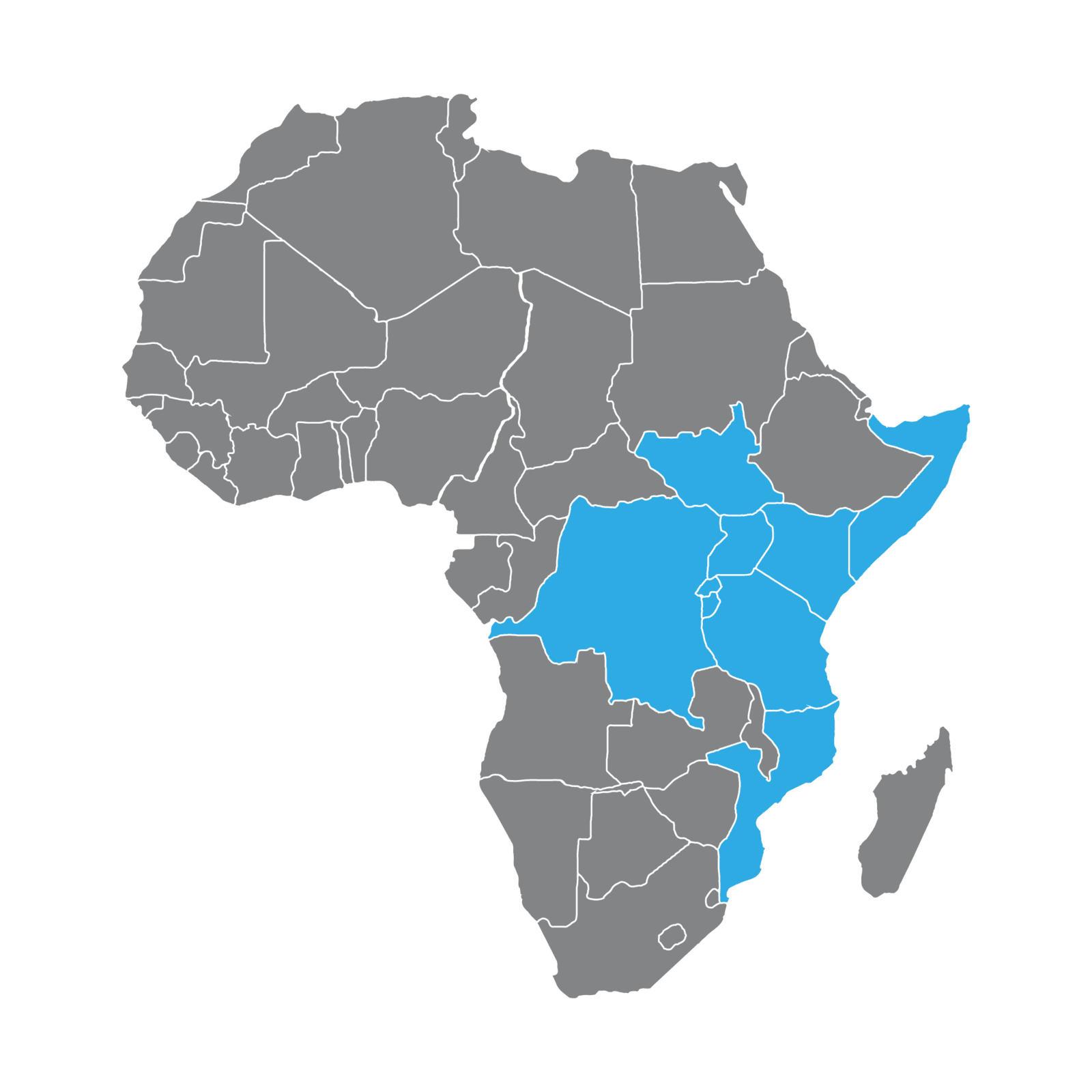All consumables and spare parts compatible with our brand of gensets are available within our Parts Department. Furthermore, our parts department can quote for spare parts of all kinds of engines, alternators and gensets as per customer's specifications.
Please respect the schedules given in the maintenance manual and user's manual delivered with your generator. Please remember that a number of factors can shorten the intervals described in said schedules: operation startup frequency, operation time, load level, quality of lubricants and fuel used, ambient temperature, dirty-dusty environment, etc. Responsibility for timely maintenance, check and replacement of consumables (lubricant, filters, V-belts, antifreeze, injectors, etc.) remains with the user. You are recommended to arrange a general check, adjustment and test every 2 or 3 months. General maintenance must be made and lubricants and filters must be replaced once a year even if the operation hours described in the schedule has not elapsed. Furthermore, you should test your generator under load for 10 to 15 minutes once a week. Please apply to your local Teksan area dealer for reliable, accurate and economic maintenance services and checks.
Running a generator above the capacity rating indicated on its label is as much wrong as running it below related capacity rating, because its service life might be shortened and it might suffer serious damage.
This is especially true for generators having large capacity ratings.
Minimum load allowed for standby generator sets is 30% of its total rating.
The following problems might happen if a generator runs without load or under low load:
- Its exhaust and air suction system might suffer lubricant or fluid leaks
- Carbon deposits might accumulate on its cylinder liners or exhaust manifold
- Parts of its engine might be damaged due to wear
- Lubricant might get thinned to cause the lubrication quality to decrease
- White smoke might be emitted
- Engine might overheat
- Wearing of the engine might increase
- Alternator's windings might overheat
- Lubricant might get thinned and lubrication pressure might decrease
- Service life of the engine might shorten
Acoustic insulation cabins provided by our manufacturers are an optimum solution to ensure maximum noise control.
Related factors include the operation category, properties of the loads, ambient conditions, and optional products.
You can get assistance from our experienced Project and Design Team.
Main units are:
- Engine
- Alternator
- Radiator
- Chassis
- Daily fuel tank
- Battery
- Control panel
- Transfer panel
- Selection of a site: If the generator will be installed indoors, ventilation and exhaust pipes must be installed. If it will be installed outdoors, a cabin and a platform must be erected.
- Floor: The floor must be flat and smooth to prevent accumulation of water. A platform can be built to ensure a proper height. If the generator will be installed outdoors, it must be placed in a shed.
- Ventilation: Heat emitted by the alternator, engine and radiator of a generator set must be removed from the system by a fan installed between the engine and the radiator, therefore the generator must be installed in a well-ventilated room or area. Such room or area must get fresh air.
- Fuel system: Clean fuel must be fed to the generator on a continuous basis. It can be fed by manual or automatic mode.
- Exhaust system: Noise and emissions emitted by the exhaust system of the engine must be reduced and released to atmosphere in a safe way.
- Electrical system: All electrical connections must be made in accordance with the drawings delivered with the generator set and the general applicable rules.
- Standby power: Power generation for a limited period under variable load. It can work 200 hours a year under 70% load in average. It is used as standby power supply in case of municipal power failure. It must not be overloaded.
- Prime power: Continuous power generation under variable load. Its average load must be 70%. It can be overloaded by 10% for 1 hour every 12 hours.
- Continuous power: Continuous power generation under fixed load. Load can be 100% in average. It must not be overloaded.
You should ensure your generator to be used for the category indicated on its label or explained by your dealer. This is especially important for its warranty too.







